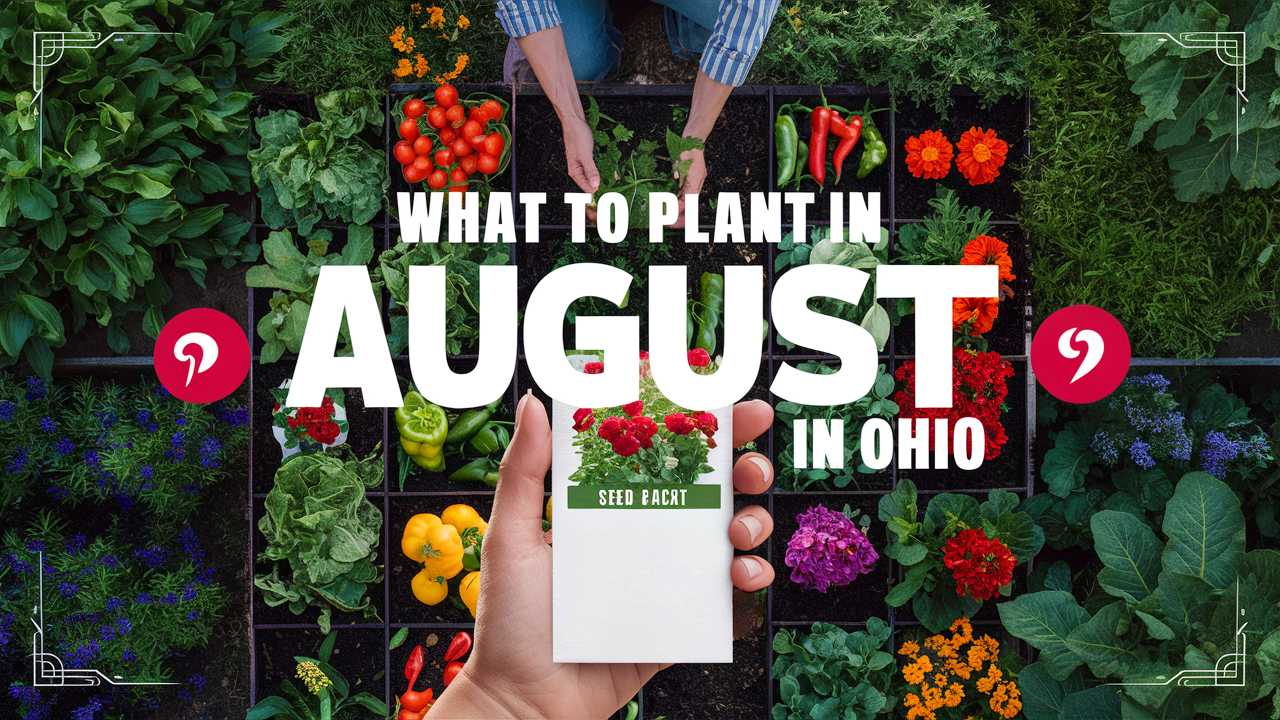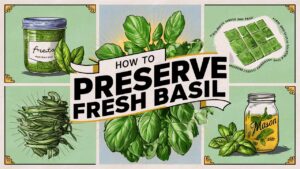In this comprehensive guide, we will dig into suitable options for vegetables, flowers, herbs, and landscape plants that thrive when planted in August in Ohio.
Vegetables To Plant
August can be a fruitful month for planting certain vegetables that will continue to grow as the summer heat wanes and the cooler fall weather sets in. Here are ten vegetable crops that you can successfully seed or transplant during this month.
Kale
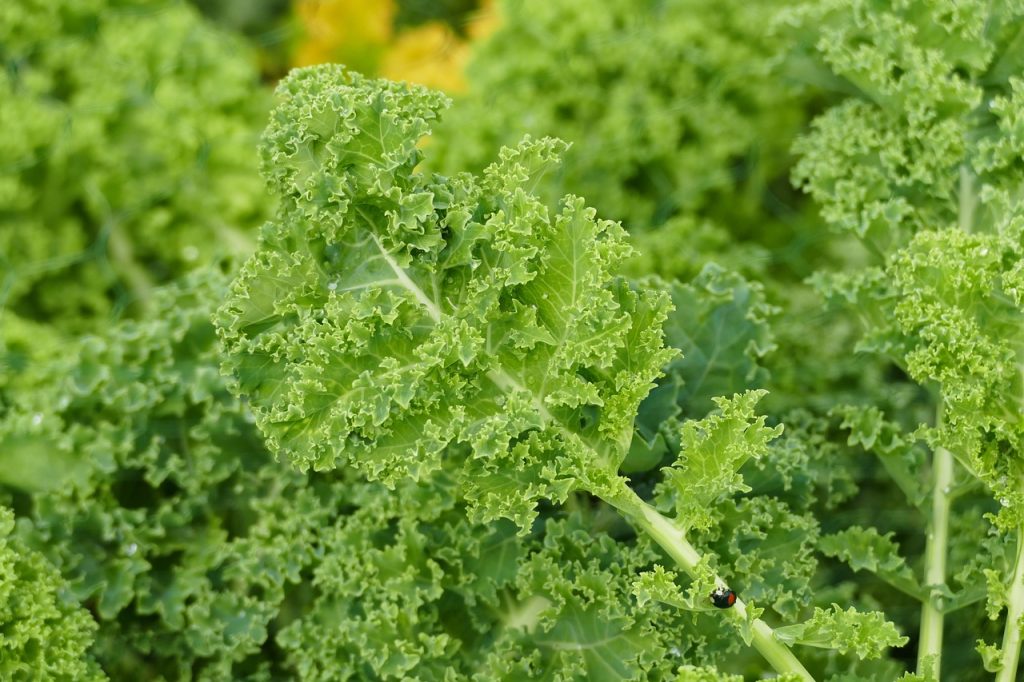
Kale is an excellent choice for late summer planting. This leafy green is hearty and can withstand the cooler temperatures of fall, thriving best in USDA zones 5 and 6. Ideally, kale seeds should be planted 4–6 weeks before the first expected frost. In Ohio, that usually means planting by mid to late August. As a cool-weather crop, kale can tolerate temperatures as low as 20°F, making it a resilient option for fall gardens.
Spinach
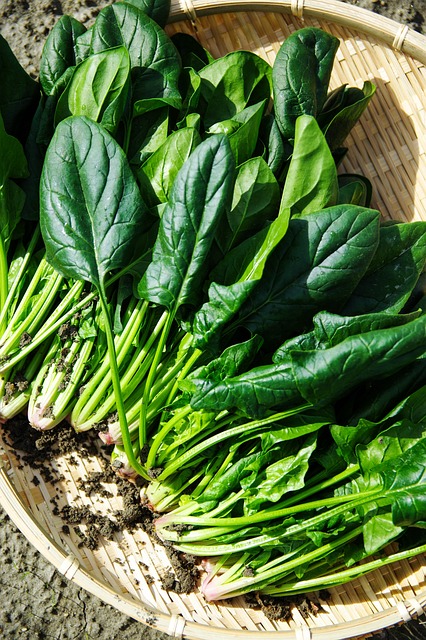
Spinach prefers cooler temperatures and can be sown in August for a fall harvest. Like kale, spinach should be planted about 4–6 weeks before the first frost. It’s ideal to sow seeds directly into the ground or start transplants that can handle the fall chill. Spinach germinates best in soil temperatures of 50°F to 70°F, making August in Ohio a perfect time to start this nutrient-rich green.
Radishes
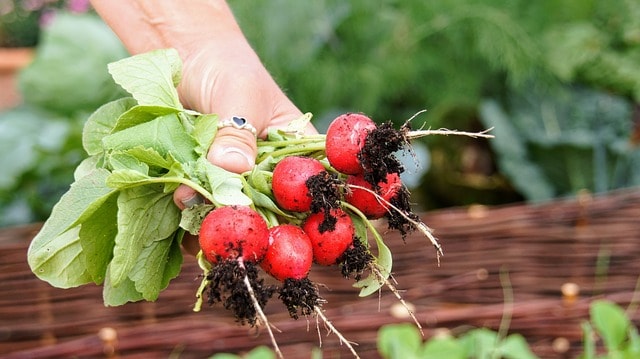
Radishes are fast-growing vegetables that can be planted in August for a quick turnaround. In just 30 days from planting, you can enjoy fresh radishes. They thrive in cooler weather and can withstand temperatures down to 30°F. For a late summer crop, direct sow seeds towards the end of August for a harvest in early fall. Gardeners can expect crisp, crunchy radishes to enhance their autumn salads.
Carrots
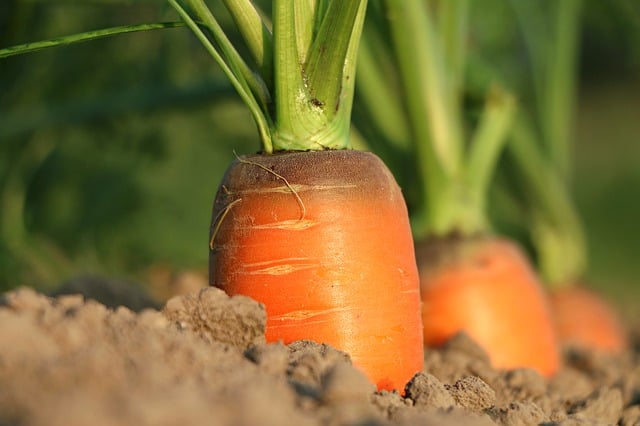
While carrots take longer to grow, August is a perfect month to plant a second round. They are best sown directly into the soil where they will grow with ample sunlight. Carrots require 60-80 days to mature, and when planted in August, they can be harvested in late October or early November, if before frost. Carrots can tolerate some frost, making them ideal for cold-frame gardening.
Beets
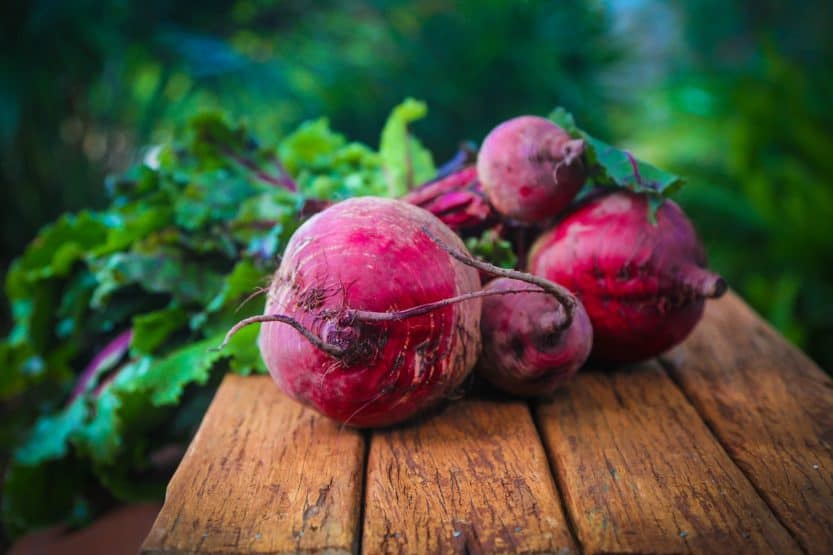
Beets are another root vegetable well-suited for August planting. They are resilient crops that can thrive even in cooler conditions, with a growing window of approximately 50-70 days. Sowing beet seeds in August will lead to a harvest before the ground freezes. Beets are also a cool-weather crop that can tolerate light frosts, enhancing their sweetness.
Broccoli
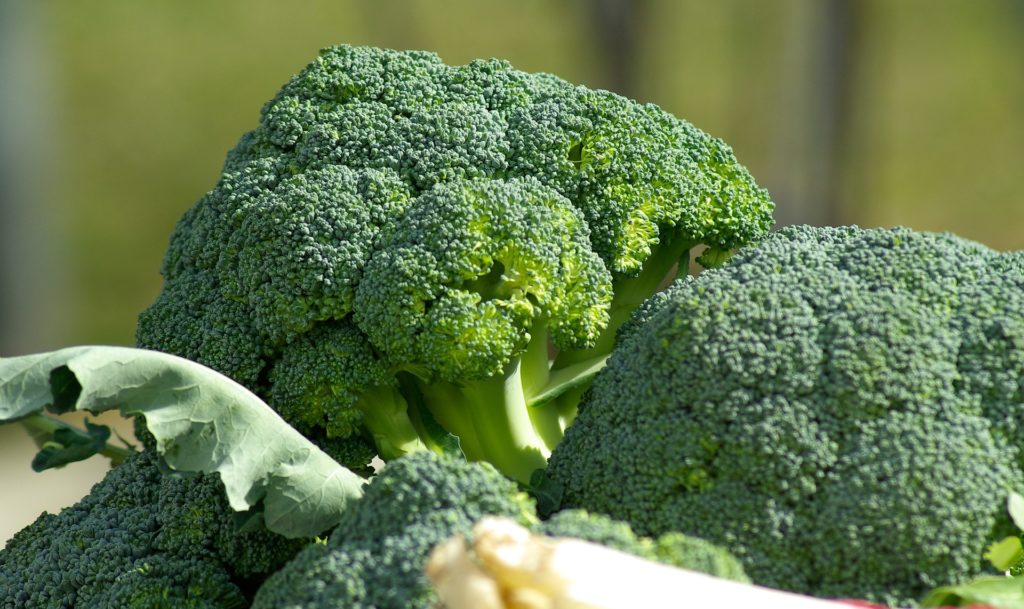
Planting broccoli in August allows for a fall crop that can yield fresh heads before winter. Start seeds indoors or transplant seedlings directly into the garden. Broccoli prefers cooler weather, making it an ideal vegetable to plant as summer ends. The average maturation period is around 70–100 days, which means you will be enjoying your harvest by late fall.
Swiss Chard
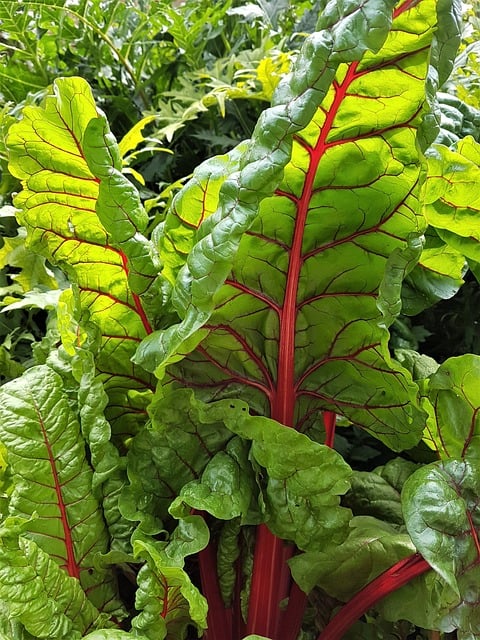
Swiss chard is a vibrant green leafy vegetable suitable for late summer sowing. It grows best in cooler temperatures and tolerates light frost. Ideal planting should occur by mid-to-late August, allowing a harvest into the fall. Swiss chard is also incredibly versatile in the kitchen, providing endless ways to enjoy nutritious greens.
Lettuce
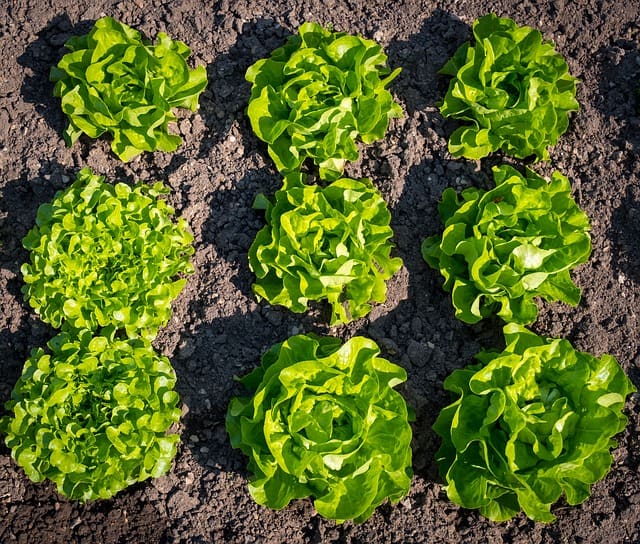
Lettuce is an ideal vegetable for late summer planting, as it germinates well in cooler soil temperatures. For a continuous harvest through fall, choose fast-growing varieties. Plant seeds directly into the garden by the end of August for baby greens and mature heads before the frost sets in. Most lettuce varieties can handle temperatures down to around 20°F.
Peas
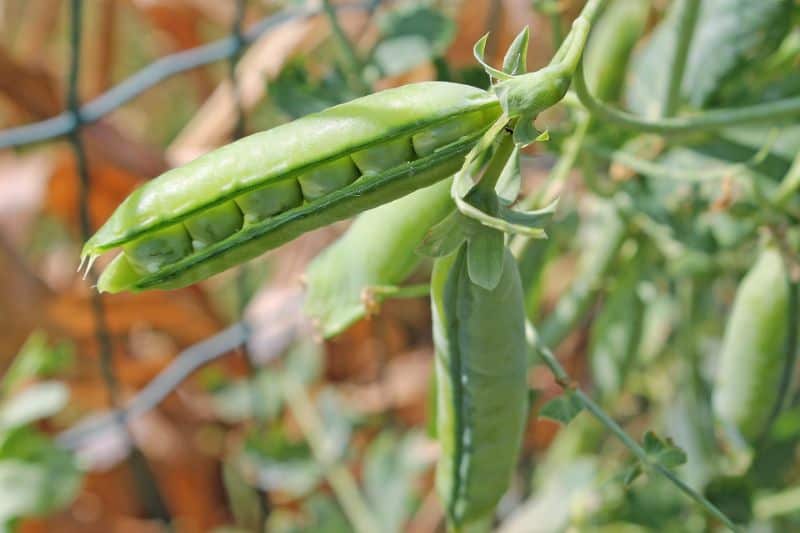
August is also a fine time to plant certain types of sugar snap or snow peas, as long as gardeners beat the frost date. Sow seeds directly into the garden for a fall crop, typically enjoying harvests 60-75 days after planting. Peas thrive in cooler weather and can tolerate light frost, providing they are adequately mulched to protect their roots.
Turnips
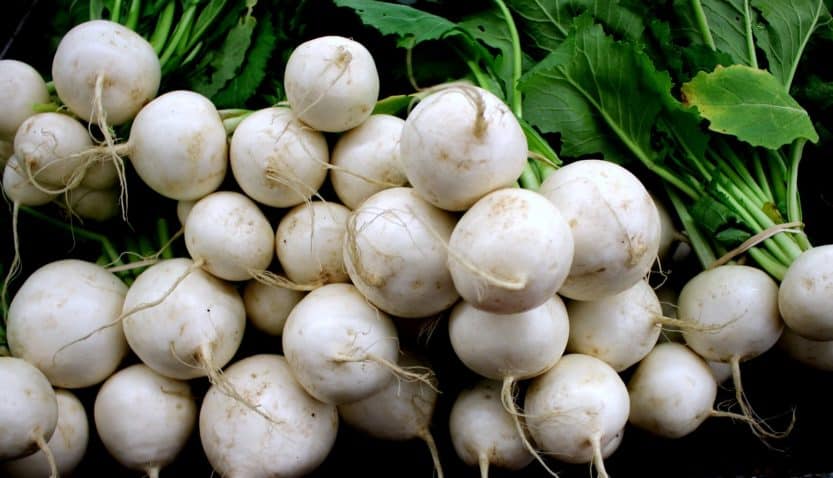
Turnips are versatile root vegetables that can be planted in late summer. They grow well in phosphorus-rich soil, needing a minimum of 30 days to reach maturity. Direct sowing turnip seeds in mid-August is ideal since they can thrive in cool conditions. Their hardiness allows for harvesting even after the first frost, enhancing their flavor.
Flowers To Plant
August is also the time to ensure a vibrant garden into fall by planting perennial flowers. With the remaining warm weather, certain flowers can establish roots and prepare for blooming in the fall. Below are ten beautiful flowers you can plant in Ohio in August.
Mums (Chrysanthemums)
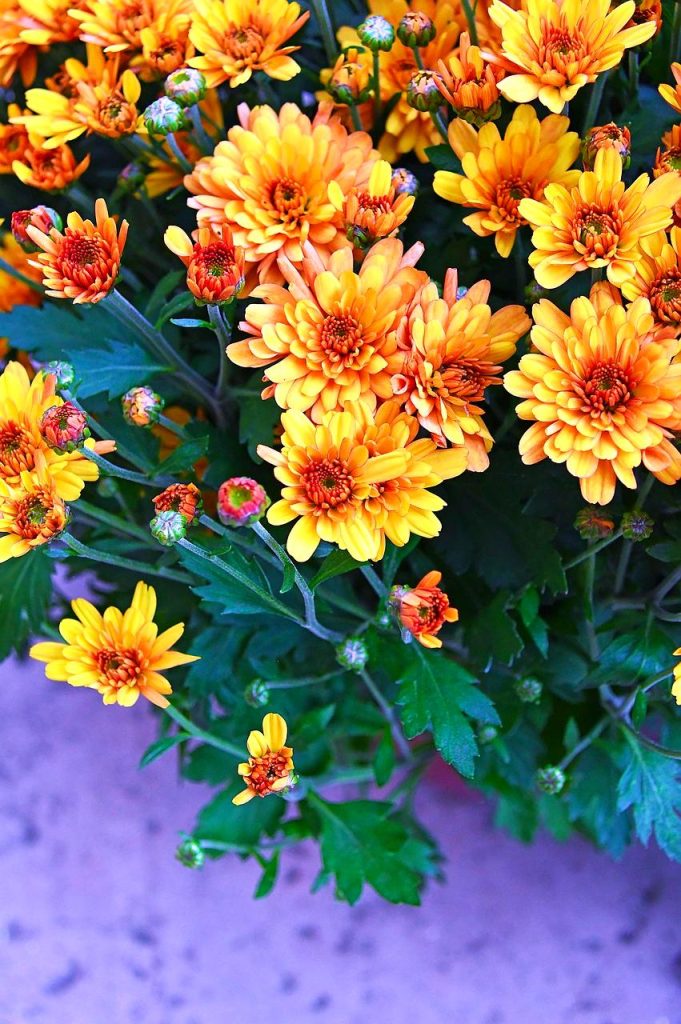
Mums are a quintessential fall flower, and planting them in August allows for stunning blooms just in time for autumn festivals. These perennials favor well-drained soil and plenty of sunlight. In zones 5 and 6, planting should take place early to mid-August. Mums thrive with the cooler evening temperatures, producing bright, colorful blooms as summer winds down.
Asters
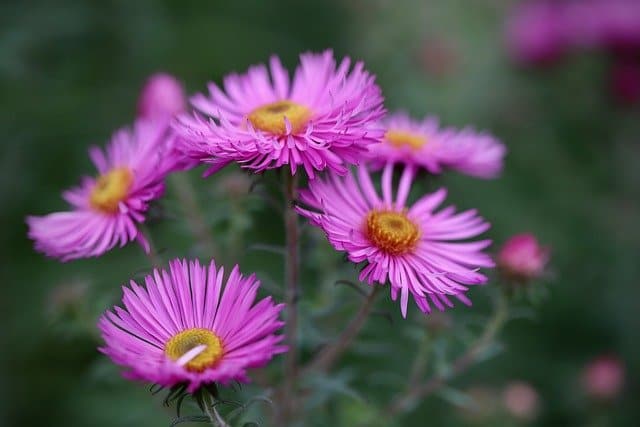
Asters are hardy perennials that bloom late summer into the fall. They provide essential late-season color and can be planted in August in Ohio. These flowers attract pollinators and require well-drained soil. Plant them early in August to ensure robust growth before the first frost. Asters do best in full sun and can tolerate a variety of soil types.
Black-Eyed Susan (Rudbeckia)
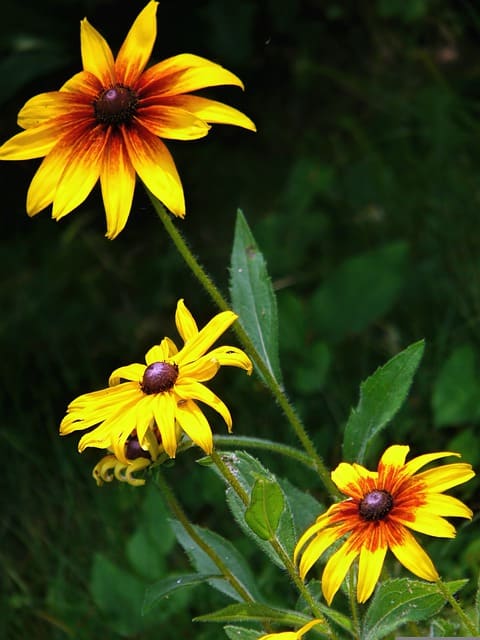
Black-eyed Susans are a staple in Ohio’s wildflower gardens, providing bright yellow blooms from late summer to fall. They adapt well to a range of growing conditions but prefer full sunlight and well-drained soil. For the best results, plant seeds or transplants in early to mid-August. Once established, they require little water and attract beneficial insects.
Sedum
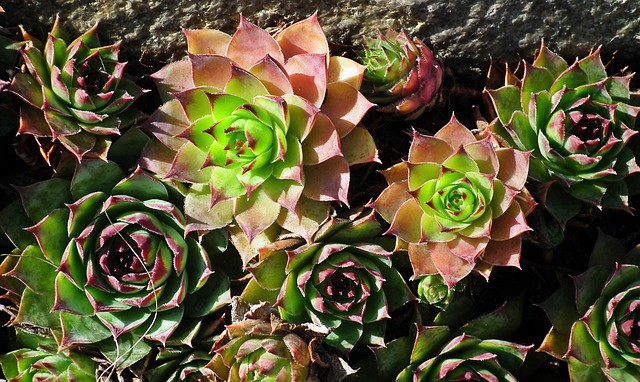
Sedum, or stonecrop, is a succulent perennial that thrives in poor soil and dry conditions. Planting sedum in August allows the plants to establish themselves before the winter. Due to their drought-tolerant nature, they are perfect for low-maintenance gardens. Ideal varieties include ‘Autumn Joy,’ which showcases attractive pink flowers as summer fades.
Coneflower (Echinacea)
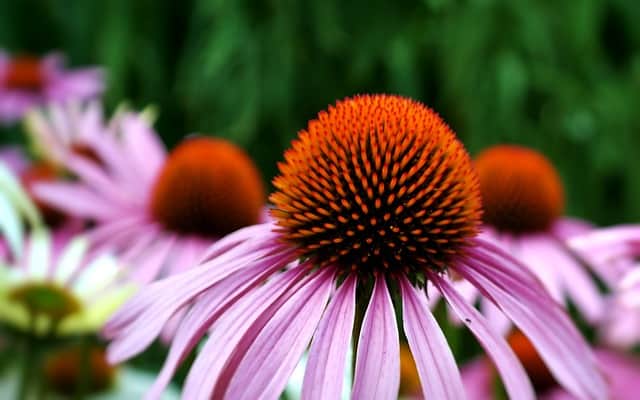
Planting coneflower in August gives these stunning perennials a chance to establish roots before the first frost. They thrive in full sun and well-drained soil. Coneflowers are also drought-tolerant and can survive in poor soils, making them easy to care for. By planting them toward the end of summer, you can expect blooms that attract butterflies and pollinators in the fall.
Ornamental Grasses
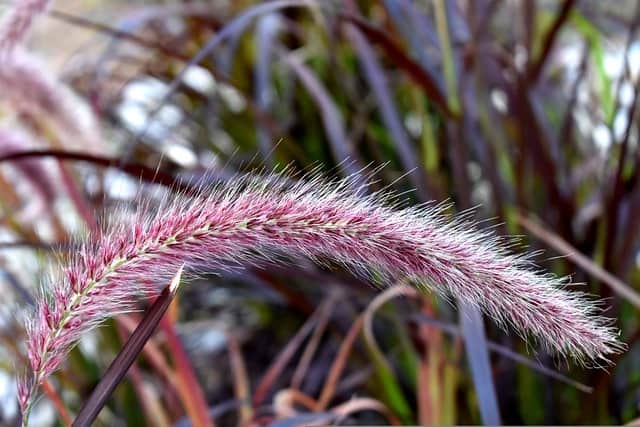
Ornamental grasses such as fountain grass or feather grass add texture and movement to the garden. They can be planted in late August establish before the winter months. These grasses thrive in full sun and require minimal care once established, making them perfect for casual gardeners. Their unique forms provide interest well into the fall.
Goldenrod (Solidago)
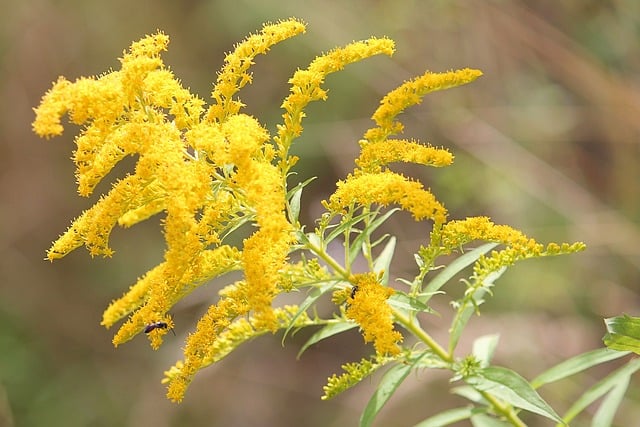
Goldenrod is a native perennial that blooms late into the season, providing a burst of yellow just as other plants fade. It is drought-resistant and typically thrives in poor soil conditions. August planting allows goldenrod to develop its root system before winter. It also attracts butterflies and other beneficial insects, making it a perfect addition to pollinator gardens.
Pansies
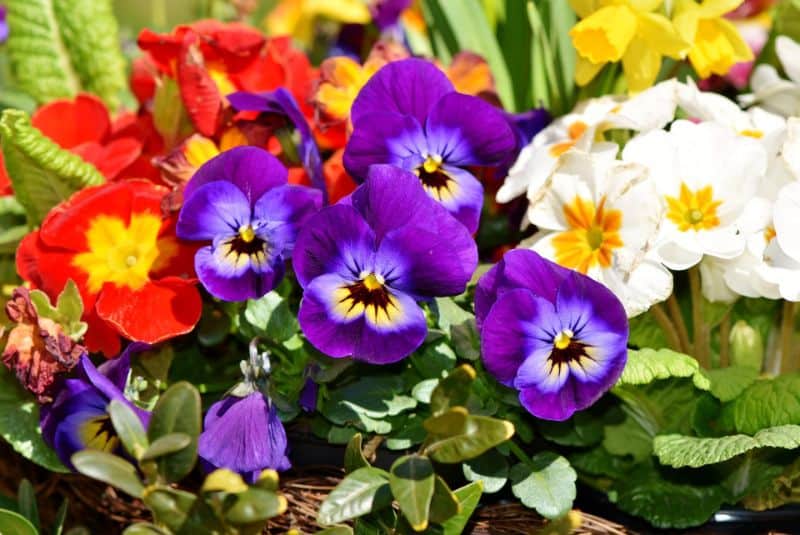
Pansies are often regarded as cool-weather flowers and can be planted in late August for a colorful autumn display. They enjoy well-drained soil and can withstand light frosts, making them a hardy option. By planting pansies toward the end of summer, gardeners can enjoy a vibrant bloom that will last until winter.
Sweet William (Dianthus)
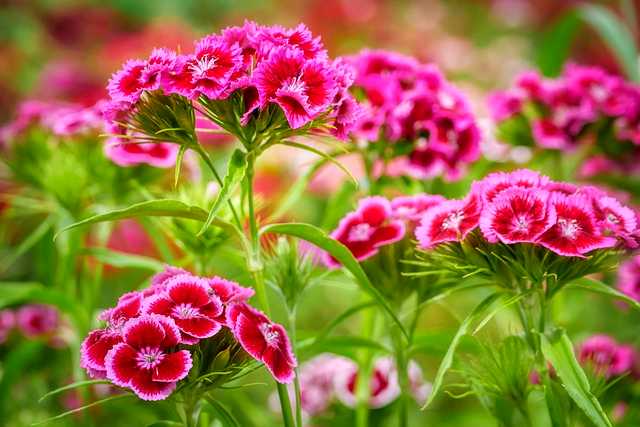
Sweet William is a biennial flower that can be planted in August to flower next spring. It produces beautifully clustered blooms in various colors and thrives in full sun with well-drained soil. Planting in late summer allows it to establish a robust root system ahead of cooler temperatures. It’s a perfect plant for those looking to add early-spring color to their gardens.
Coreopsis
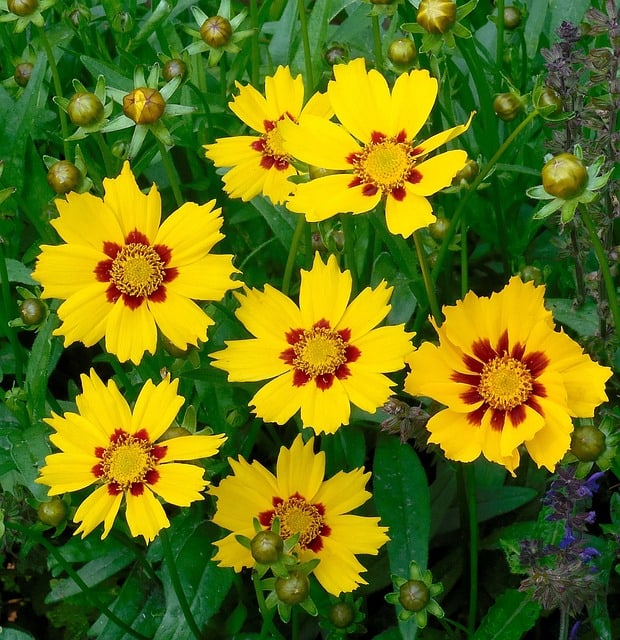
Coreopsis, or tickseed, offers long-lasting blooms throughout the summer and well into the fall. This hardy perennial can be planted in August for vibrant yellow and red flowers. They adapt well to various soil types and prefer full sunlight. Coreopsis is drought-tolerant once established and will draw pollinators into the garden.
Herbs To Plant
Herbs add flavor and aroma to the garden and kitchen, and August is a fantastic time to plant certain perennial and annual herbs that thrive in the cooler months. Here are ten culinary and fragrant herbs to consider planting in Ohio in August.
Basil
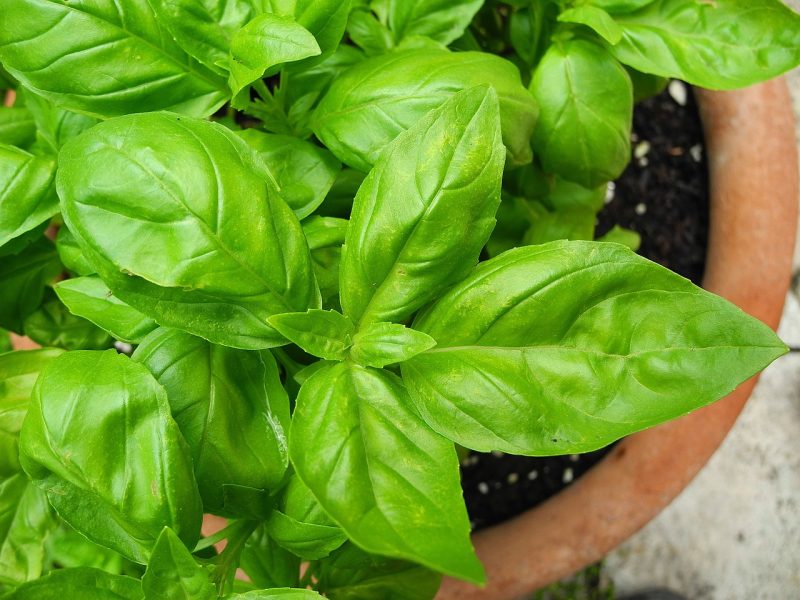
Basil is a warm-weather annual that loves sunny locations. Planting basil in August ensures a late summer harvest before the first frost arrives. Choose fast-maturing varieties like Genovese, which can thrive in rich, well-drained soil. As temperatures start dropping, basil might struggle; so harvest your leaves before a serious chill sets in.
Cilantro
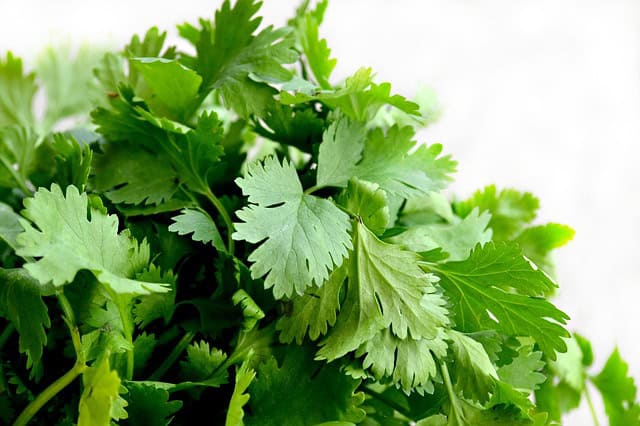
Cilantro is particularly suited for late summer planting as it prefers cooler weather for its growth. It germinates quickly, making it ideal for August sowing. Harvesting can begin in just a few weeks, providing fresh leaves for salads and salsas. In Ohio, ensure that seedlings are planted by mid-August for the best results.
Chives
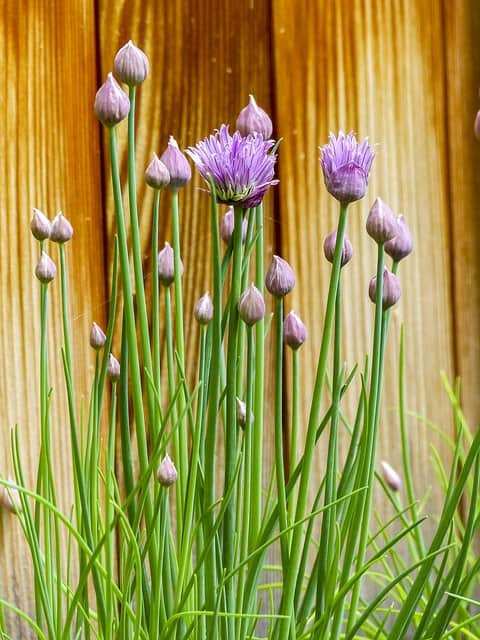
Chives are hardy perennial herbs that can be planted in August, establishing themselves well before winter sets in. They thrive almost anywhere in well-drained soil, and they can even tolerate some shade. Chives add a mild onion flavor to dishes, and with minimal care, they will return year after year. Plant established clumps or seeds in mid-August for the best results.
Dill
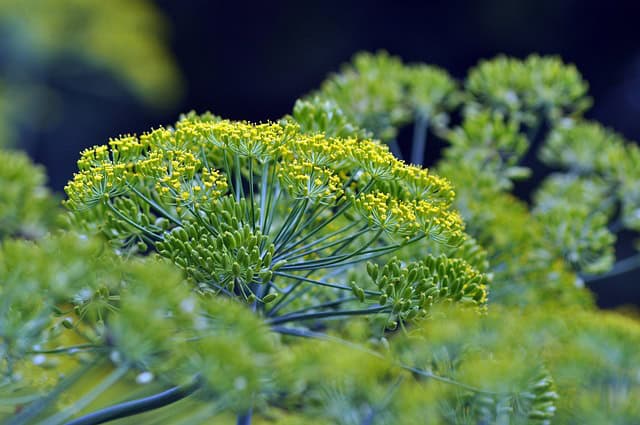
Dill can be direct-seeded in your garden in August, as it loves cooler temperatures. This fast-growing herb can be harvested in about 40–60 days, allowing for a late summer crop. Dill prefers full sun and well-drained soil. Ensure you soak seeds before planting to maximize germination rates, and enjoy fragrant ferns in your dishes until the first frost.
Oregano
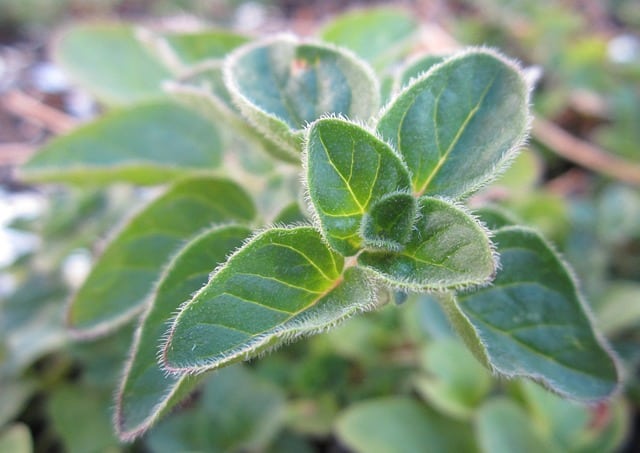
Oregano is a perennial herb that can be planted in August, allowing it to establish roots ahead of winter. This drought-tolerant herb thrives in plenty of sunlight. If you’re planting new oregano plants, ensure the soil is well-drained and remember that once established, this hardy herb can survive harsh winters and return vibrantly in spring.
Thyme
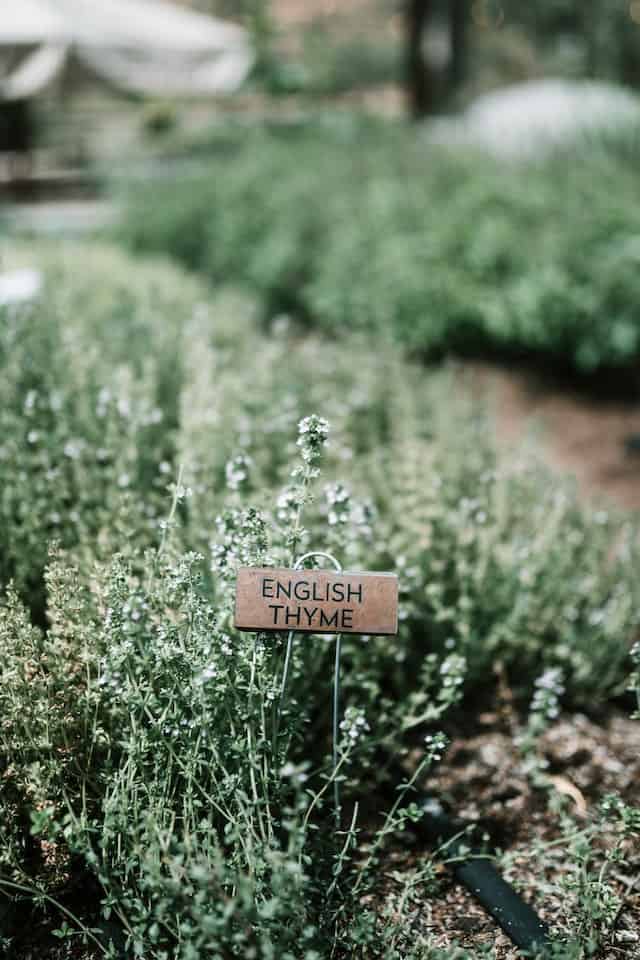
Thyme is another perennial herb best planted in August. Its tolerance for various soil types makes it an easy addition to the garden. Start seeds or transplant young plants in well-drained soil for a fall harvest. Thyme also repels various pests, making it a beneficial addition to vegetable and flower gardens.
Parsley
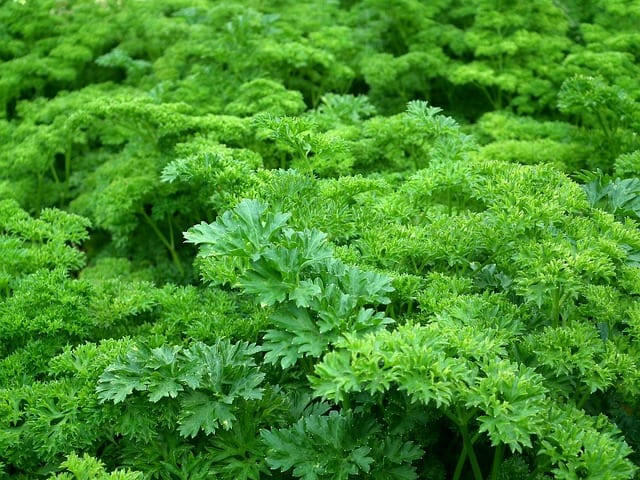
Planting parsley in August gives this biennial herb a chance to germinate in moderate temperatures, appreciating cooler conditions. Furthermore, parsley can tolerate some light frosts, making it well-suited for late summer planting. Sow seeds directly into the garden or transplant seedlings to ensure fresh greens for culinary use into the fall.
Mint
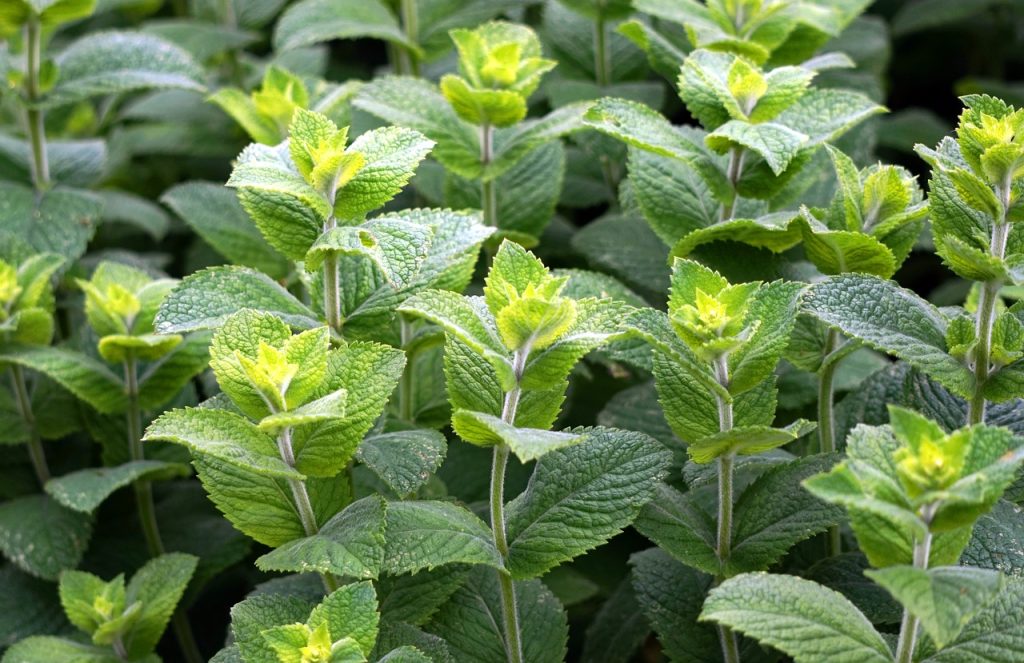
Mint should typically be planted in early to mid-August. This vigorous perennial herb can quickly take over garden space, so it’s wise to plant it in containers or in a controlled area. Mint thrives in a sunny location and can handle varying soil types. Once established, it makes a flavorful addition to drinks and dishes all fall long.
Sage
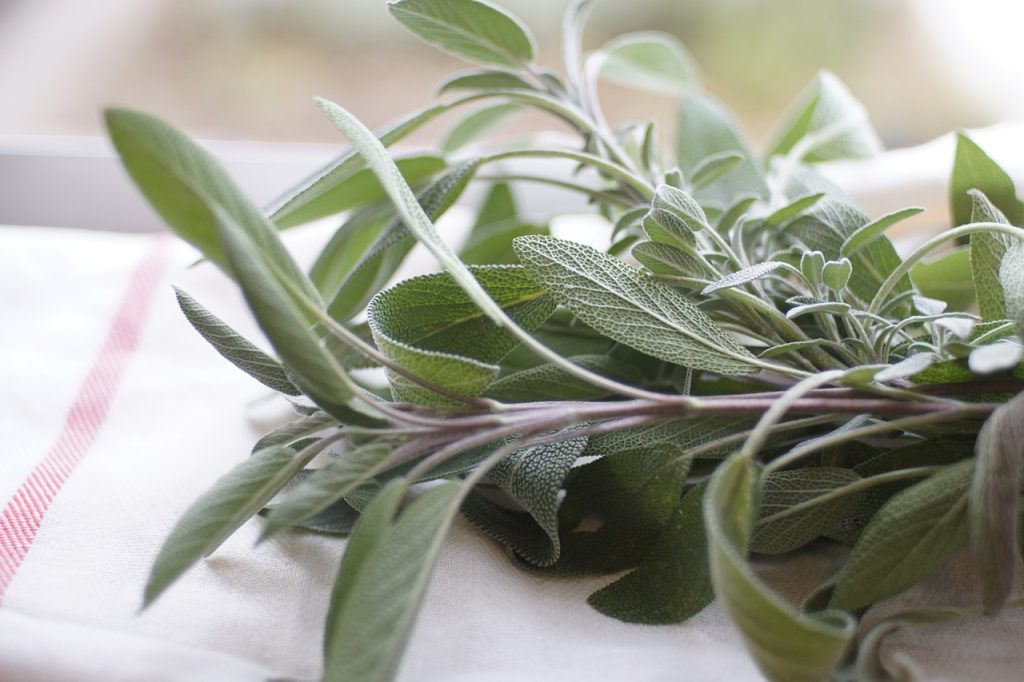
Sage is another herb that falls under the perennial category, thriving in well-drained soil and full sun. Planting sage in August allows for robust root establishment before winter. Its fragrant leaves add an earthy quality to dishes and can even be used for medicinal purposes. Harvesting can begin the first year if you plant seedlings, while seed-sown plants may take longer.
Fennel
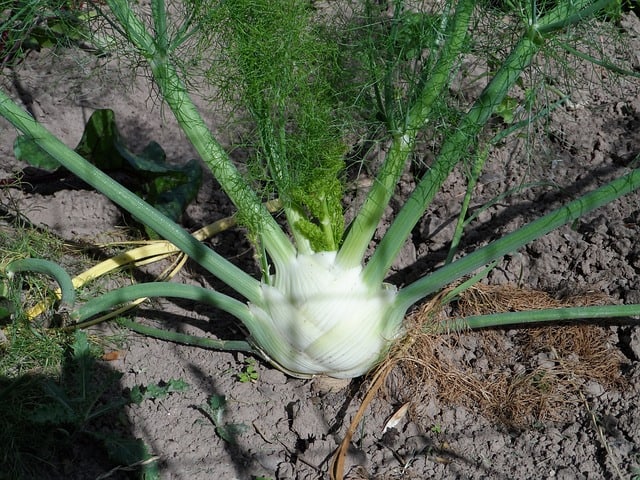
Fennel can also be sown in August for a fall harvest. This unique herb can be grown for both its flavorful leaves and its bulbous base. Fennel prefers full sun and well-drained soil, so ensure adequate spacing between seeds or plants to allow for full growth. With a germination time of 7-14 days, you can enjoy the fresh flavor in salads, grilled dishes, or pickled recipes by early fall.
Landscape Plants To Plant
Enhancing your landscape with robust new flora in August is a savvy way to ensure beauty through fall and into the next spring. The following ten landscape plants are well-equipped to thrive when planted in Ohio gardens in August.
Hydrangeas
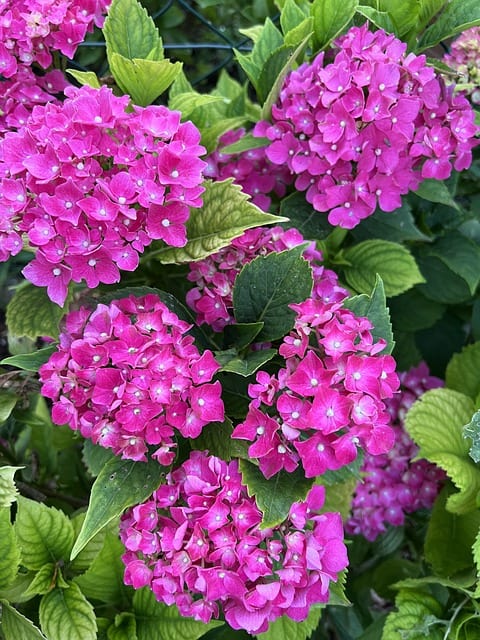
Hydrangeas are popular landscape plants known for their large, colorful blooms. Planting them in August allows the plants to establish their root systems before the winter cold arrives. They thrive best in areas with partial shade and moist, well-drained soil. Sweeten your garden with spectacular flower displays that persist through fall into winter.
Daylilies
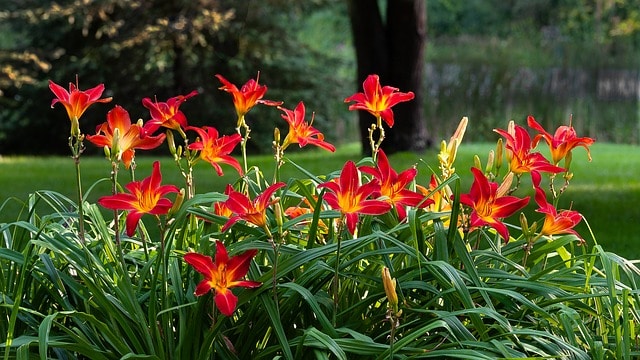
Daylilies are resilient perennials that can be planted in August, providing a burst of color even as summer wanes. They thrive in various soil conditions, preferring full sun. These adaptable plants require minimal maintenance and can flourish in difficult growing conditions, making them perfect for beginner gardeners seeking reliable blooms.
Japanese Maple
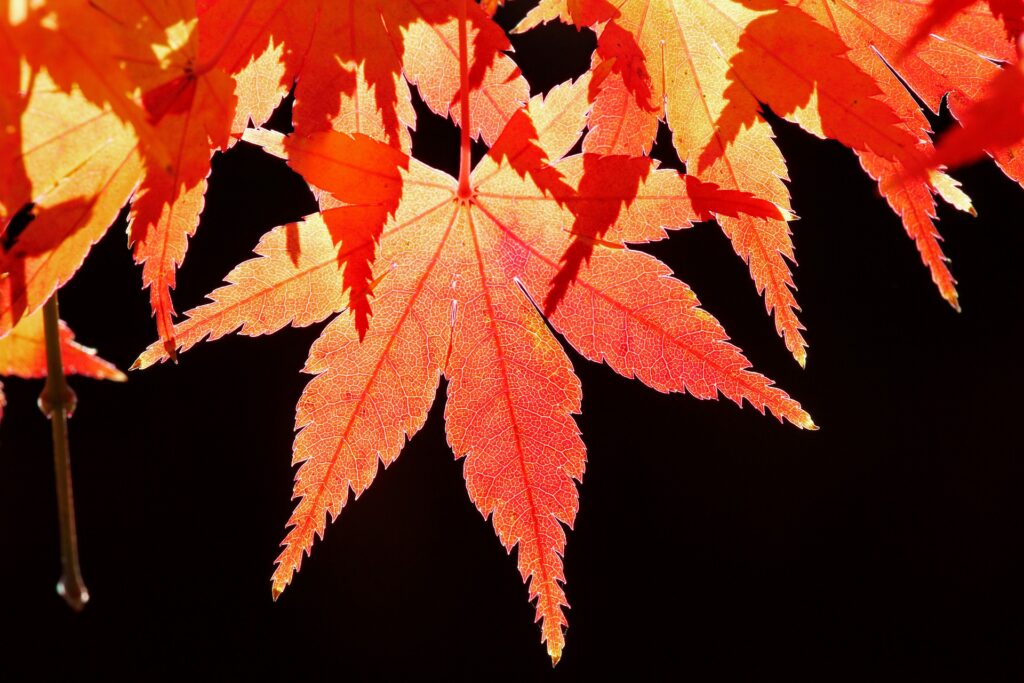
Japanese Maple trees are stunning additions to any landscape. Planting them in August gives these trees a chance to establish roots during a warm season before cooler months. Adequate care, such as mulch and watering, will help encourage root development. Be sure to choose a location with partial sunlight to protect delicate leaves.
Ornamental Pear
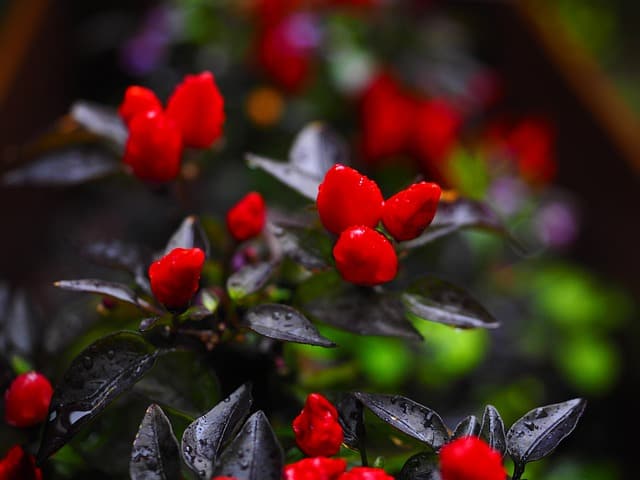
Planting ornamental pear trees in August ensures they become well-established before winter. These hardy specimens provide stunning spring blossoms, followed by vibrant fall foliage. They flourish in well-drained soil and full sun, making them an attractive blend of beauty and practicality.
Russian Sage
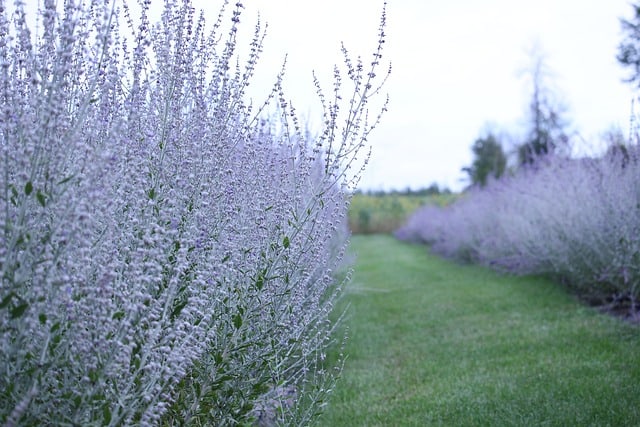
Russian sage is a drought-tolerant plant that thrives in sunny, well-drained conditions. Planting this perennial in August secures its robust growth and striking purple-blue flower spikes by fall. Additionally, it draws pollinators, adding beauty to your garden while supporting the local ecosystem.
Butterfly Bush
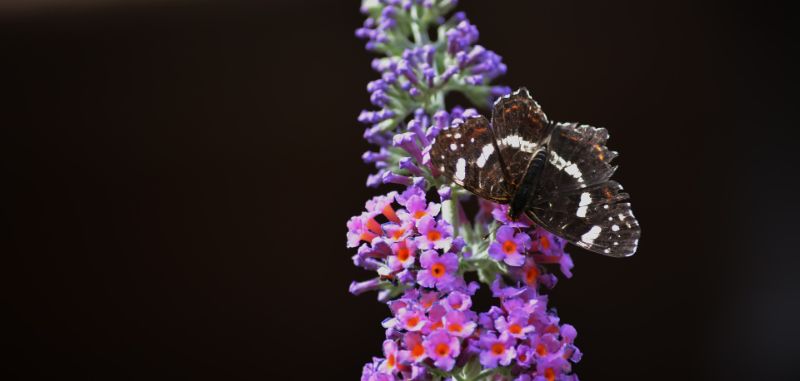
Butterfly Bushes are cherished for their vibrant flowers and ability to attract butterflies and hummingbirds. Planting them in August allows ample time for rooting and establishes a stunning focal point in the garden. They prefer full sun and thrive in well-draining soil. You’ll enjoy beautiful blooms that draw pollinators right into the fall.
Creeping Thyme
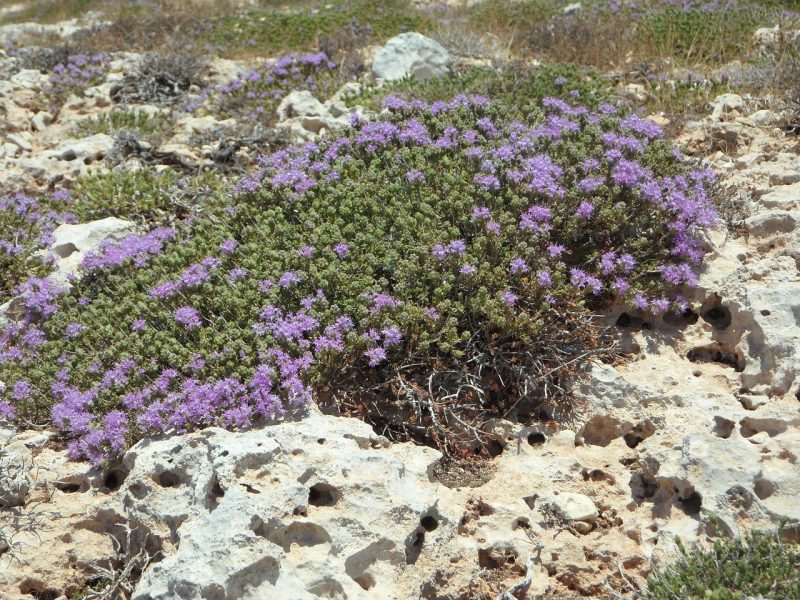
Creeping thyme is a low-maintenance ground cover that adds beauty while suppressing weeds. Planting in August allows the herb to spread and fill in empty garden spaces. It thrives in sunny areas and well-drained soil, producing purple flowers that attract pollinators. Its drought resistance makes it ideal for xeriscaping as well.
Boxwood
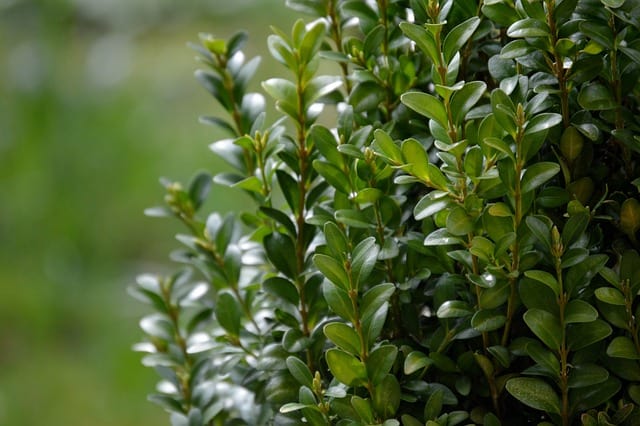
Boxwoods are popular landscape shrubs that can help create structure in any garden. Planting them in August allows time for roots to develop before winter. They tolerate various soils, preferring well-drained conditions. Boxwoods can be shaped neatly, making them a versatile choice for formal hedges and foundation plantings.
Sedum (Stonecrop)
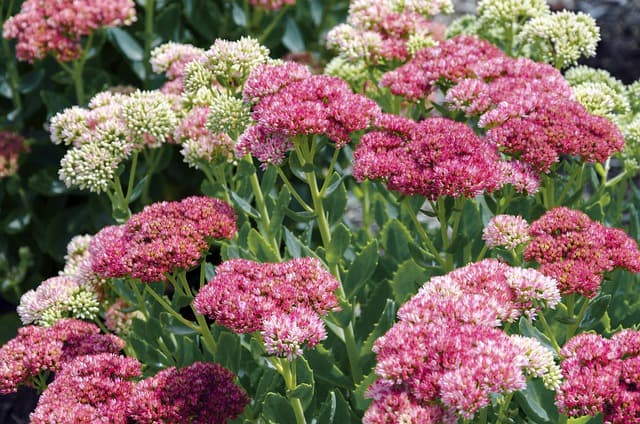
Sedums are not just beautiful succulents; they can also serve as excellent landscape options. Planting in August allows these hardy, drought-tolerant plants to take root and thrive throughout the fall. Sedums are highly adaptable to varying soil conditions and can be an excellent addition to rock gardens or borders.


